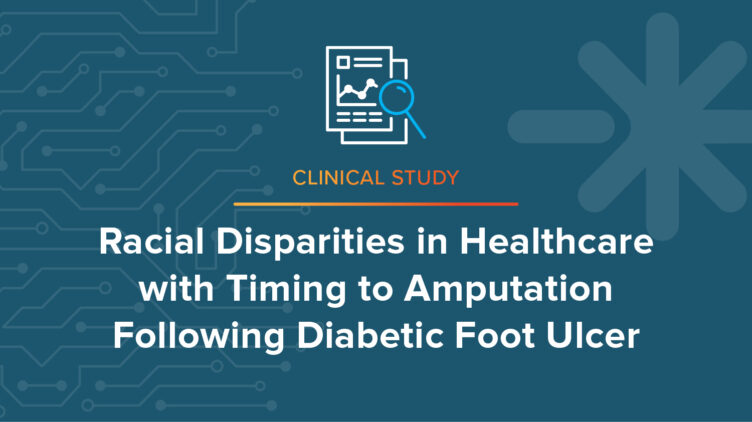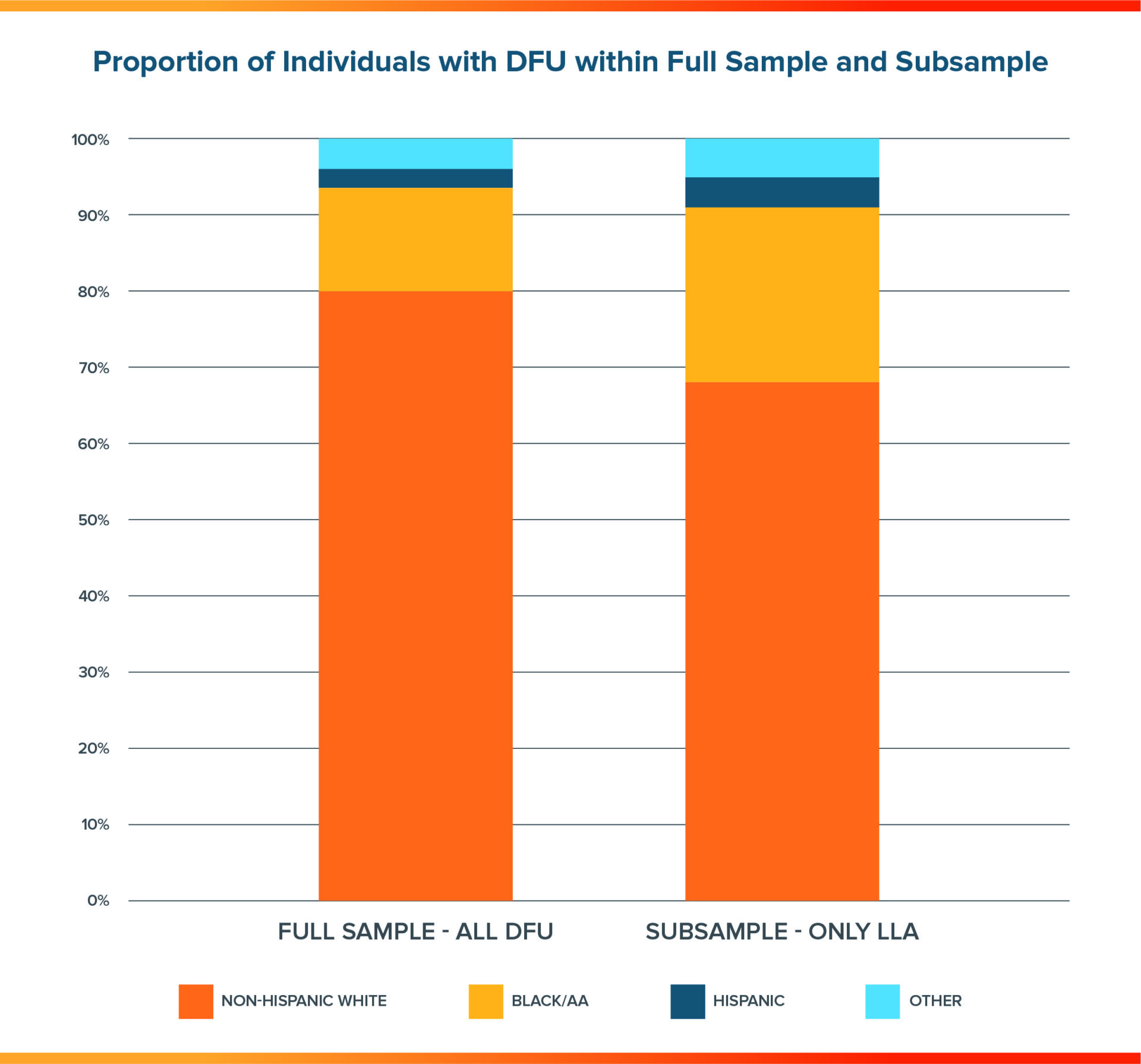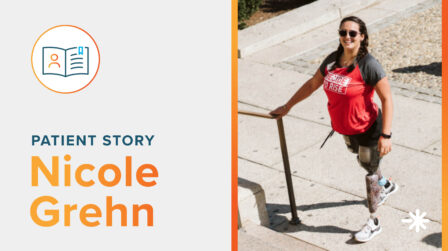Racial Disparities in Healthcare with Timing to Amputation Following Diabetic Foot Ulcer

Journal
Diabetes Care
Read Online
Authors
Taavy A. Miller, PhD1,2, James H. Campbell, PhD1, Nick Bloom, PhD3, Shane R. Wurdeman, PhD1
- Hanger Institute for Clinical Research and Education, Austin, TX, USA
- School of Health and Rehabilitation Sciences, University of Pittsburgh, Pittsburgh, PA, USA
- CareJourney, Arlington, VA, USA
Background
Diabetes affects over 37 million people in the U.S.,1 with 25 percent of those individuals likely to experience a diabetic foot ulcer (DFU) in their lifetime. Although DFUs are a known risk factor for future lower limb amputation (LLA), DFUs and LLAs do not seem to affect everyone equally and little is known about the timing of when LLA occurs based on different patient factors.
This study, conducted by the Hanger Institute for Clinical Research and Education in partnership with CareJourney, a leading source of provider and quality data, sought to provide a foundation for future research to address health inequities among individuals who require prosthetic care. Published in the American Diabetes Association’s peer-reviewed journal, Diabetes Care, the study demonstrated pronounced disparities in the timing for female and Black patients with diabetes. This foundational work provides a springboard to address disparities and understand the positive and negative impact of earlier or delayed amputation on long-term outcomes, promoting better guidance for evidence-based decision-making.
Objective
To examine the timing of lower limb amputation between racial groups and gender for Medicare fee-for-service (FFS) beneficiaries following DFU.
Design
- Retrospective cohort analysis of enrolled Medicare FFS beneficiaries with a diagnosis of DFU during the study period (2012-2017) allowing up to 5 years post-DFU.
- Final analytic sample contained 643,287 individuals; the sub-sample consisted of 68,633 individuals with LLA only. The primary outcome was mutually exclusive groups based on timing of LLA.
- Multinomial logistic regression was applied to assess likelihood of membership into a group post-DFU based on characteristics such as gender and race/ethnicity.
Results
FIGURE 1
Black/AA Medicare Beneficiaries
Black/AA Medicare beneficiaries had 1.98 (95% CI: 1.93-2.03) times the odds of receiving a LLA within 1 year of DFU diagnosis compared to non-Hispanic/White beneficiaries, relative to no amputation.

Female Beneficiaries
Female beneficiaries had increased odds (OR: 1.07 95% CI: 1.02-1.11 between 1-3 years and OR: 1.08 95% CI: 1.03-1.12 in 3+ years) of a delayed LLA compared to males among those that have LLA.
Conclusion
These results present novel evidence on timing of a LLA between racial groups and gender for Medicare FFS beneficiaries post-DFU.
- Black patients have 98% increased odds of receiving a LLA within the first year following a DFU diagnosis compared to white beneficiaries.
- Females have 7-8% increased odds of LLA occurring later as compared to their male counterparts.
- The findings also support more targeted, evidence-based decision-making and informs care decisions with opportunities to address inequities related to the social determinants of health that may lead to LLA.
1. National Diabetes Statistics Report. Centers for Disease Control and Prevention, 18 Jan. 2022, https://www.cdc.gov/diabetes/data/statistics-report/index.html
Meet the Authors


Nick Bloom
Principal Researcher

More Published Research
This Care Journey Study is just one of the studies conducted by the Hanger Institute for Clinical Research and Education, in collaboration with leading researchers, clinical, and academic institutions.
Latest Updates
Subscribe to stay up-to-date on our latest posts.


